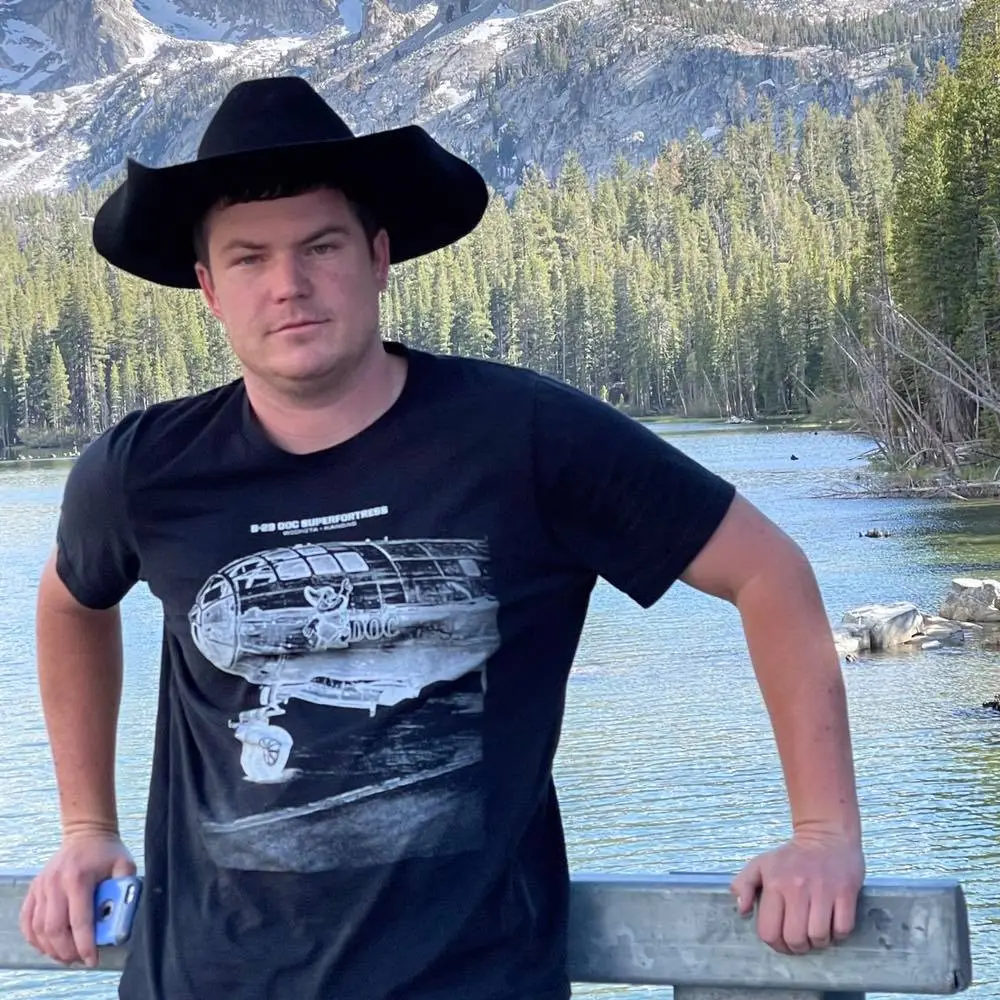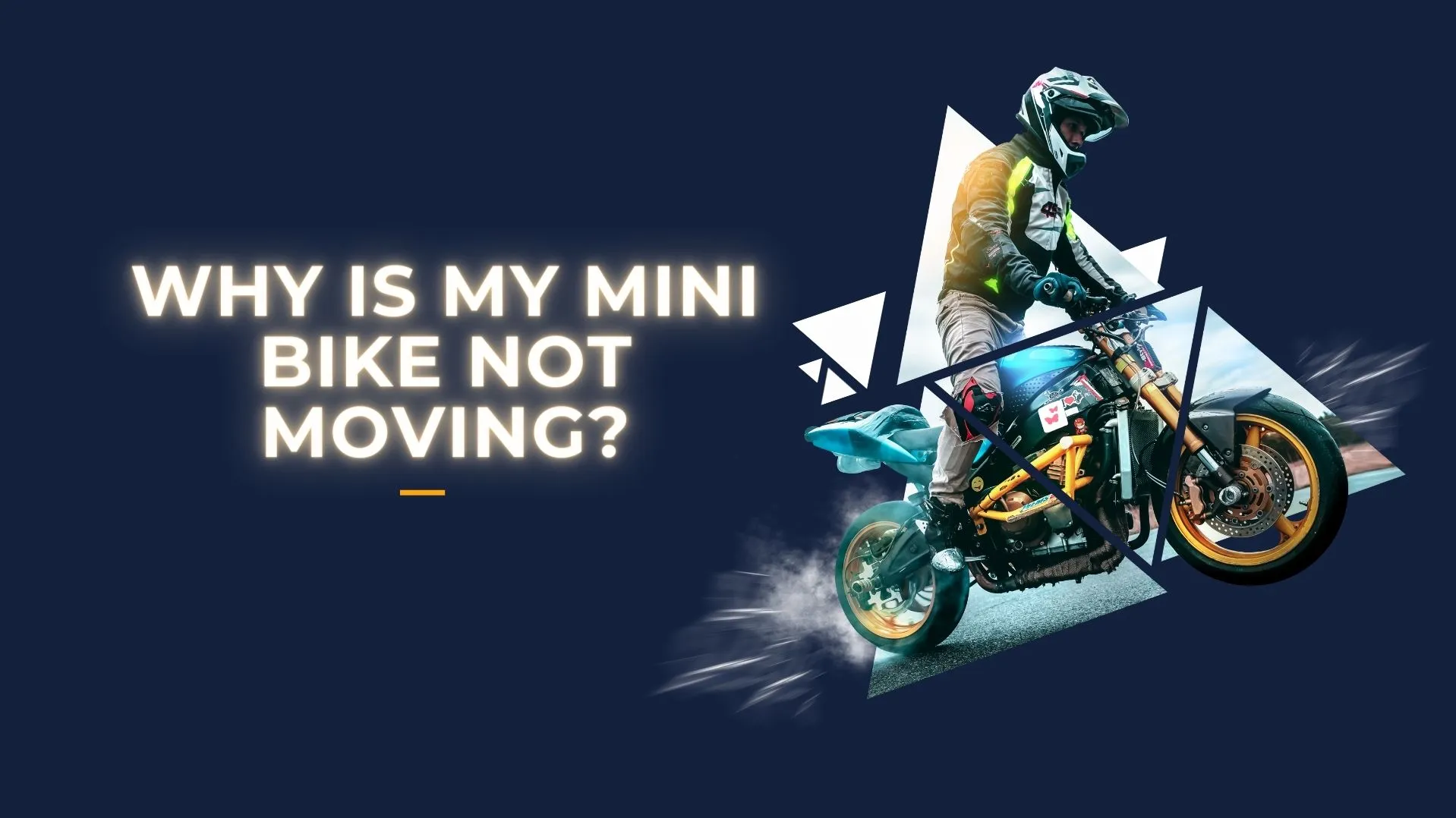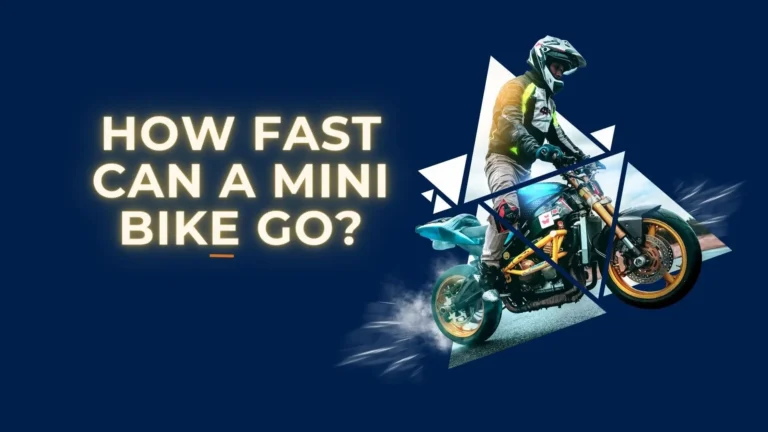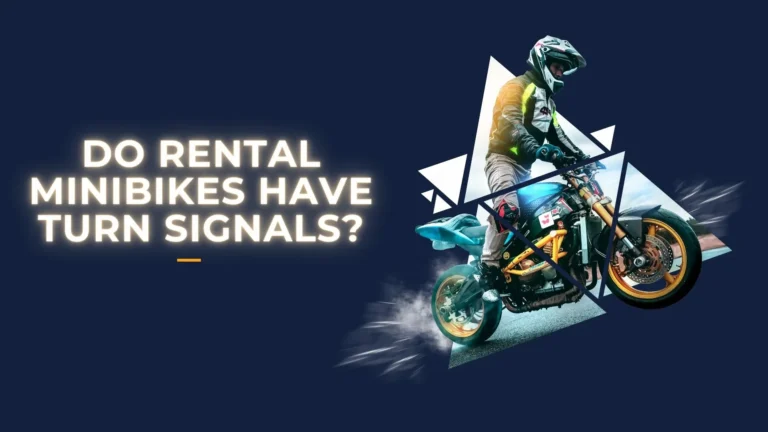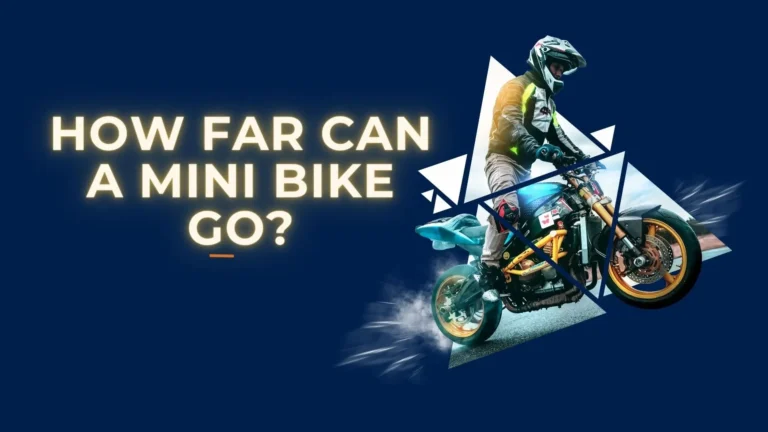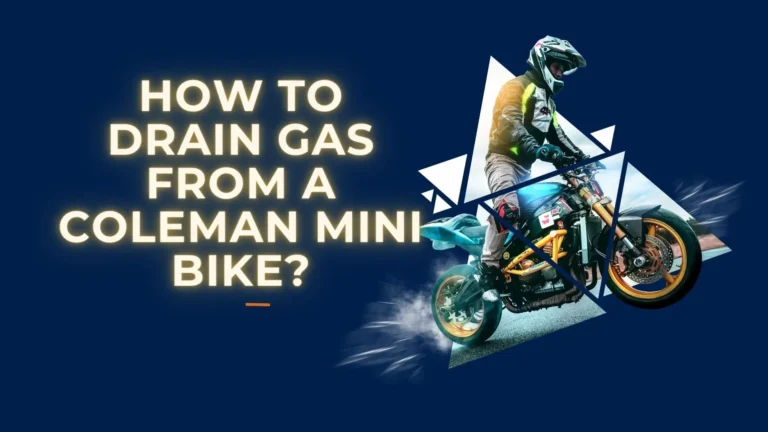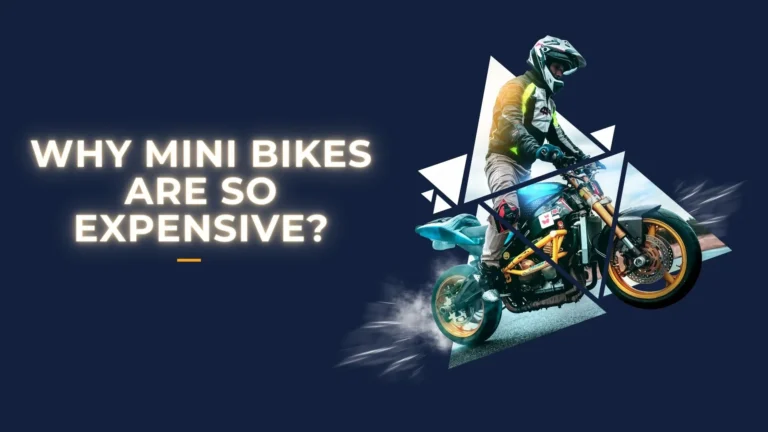Why Is My Mini Bike Not Moving?
A non-moving mini bike is usually caused by a simple issue like chain, clutch, brakes or fuel delivery rather than complex engine problems. Methodically testing components will isolate the root cause for repair.
Troubleshooting a Mini Bike That Won’t Accelerate
Nothing’s worse than eagerly firing up your mini bike, twisting the throttle…and nothing. The engine idles but the bike doesn’t budge. I know, it’s beyond frustrating when your ride is dead in its tracks.
We’ve all been there – excited to finally take your mini bike out for a spin only to be let down when that throttle does nothing. But don’t worry, the solution is usually pretty straightforward if you know how to pinpoint the cause.
In this guide, I’ll walk you through troubleshooting a non-moving mini bike so you can get back to the fun and freedom these machines bring. We’ll cover everything from clutch and chain issues to fuel delivery and ignition problems.
Whether your mini bike is sputtering and revving but going nowhere, exhibiting chain trouble, or just sitting still when you hit the gas, we’ll help you isolate the culprit. You’ll learn how to inspect key components and make the needed repairs for optimal performance.
Stick with me through this systematic approach focused on common mini bike issues, and you’ll be zipping around again in no time. Let’s dig in and get that stalled bike moving!
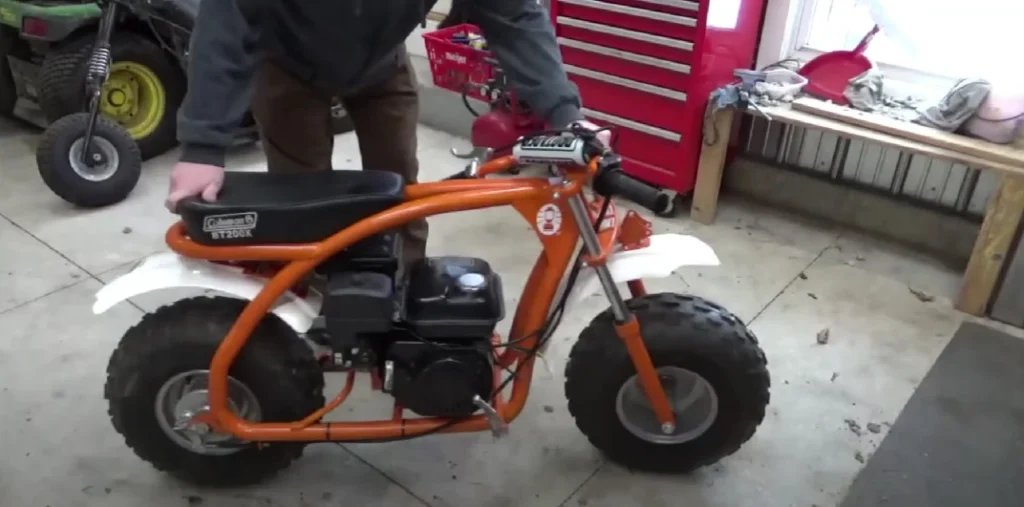
Key Takeaways
- Test components one-by-one to pinpoint acceleration issues.
- Attempt basic solutions like adjusting the chain, throttle cable, and brake before complex engine repairs.
- Focus on frequent problem spots like the clutch, carburetor jets, axle alignment, and fuel delivery.
- Make incremental adjustments and retest operation before moving to the next part.
- Try straightforward fixes before disassembling the engine.
- Consistent testing after each adjustment isolates the specific problem.
- Patience and a systematic approach gets your Mini Bike accelerating again.
Potential Causes
Chain Tension
- Check the Rear Axle alignment – A bent axle can cause chain issues. Confirm the axle is straight.
- Inspect the chain and adjust tension – A loose, tight or worn chain prevents power transmission. Check for damage. Tighten chain to spec.
Fuel Delivery
- Check gas level and quality – An empty or contaminated tank starves the engine of fuel. Refill with fresh gas and inspect for debris.
- Check for blocked fuel lines – Cracked or blocked lines prevent proper fuel flow. Replace cracked lines. Clear gunk blocking flow.
- Inspect the fuel filter – A clogged filter reduces fuel delivery. Replace excessively dirty filters.
- Carburetor issues:
- Clean carburetor – Remove and clean dirt buildup affecting performance.
- Clear clogged jets – Blocked jets prevent proper fuel mixing. Carefully clear obstructions.
- Adjust settings – Improper air/fuel mix impacts acceleration. Tune to manufacturer specifications.
Spark Problems
- Inspect spark plug:
- Check gap – An incorrect gap affects ignition. Gap is typically 0.6-0.7 mm.
- Test for spark – No spark means no ignition. Confirm spark with a spark tester.
- Ensure kill switch is off – An engaged kill switch prevents sparking. Make sure the switch is off.
- Check spark plug wire – Damaged insulation causes misfires. Replace worn wires.
Compression Issues
- Test compression – Use a gauge to check cylinder compression. Low compression indicates leaks or issues.
- Repair issues found – Rebuild top end or repair problems if compression is low. May require shop service.
Brake Drag
- Check brake fully disengages – A stuck brake pad prevents wheel rotation. Adjust brakes to fully release.
Clutch Problems
- Inspect clutch operation – Issues with the centrifugal clutch affects power transmission. Check shoes, springs, bearings.
- Adjust or replace parts – Reassemble clutch with proper spacing and movement. Replace excessively worn parts.
Rear Axle and Chain Adjusters
- Align rear axle – A bent axle causes chain misalignment. Straighten or replace the axle.
- Check chain adjuster condition – Worn adjusters contribute to chain problems. Replace damaged adjusters.
- Adjust or replace as needed – Set adjusters to properly tension the chain. Replace excessively worn parts.
Conclusion
Pinpointing acceleration problems is frustrating. But methodically troubleshooting isolates the root cause.
First attempt basic solutions like adjusting the chain, cables and brakes before complex engine repairs. Check clutch operation, fuel delivery, spark and compression as you examine key systems.
Closely inspect high-failure points like the carburetor, rear axle alignment and clutch engagement. Incrementally make adjustments and retest before moving to the next component.
Initially focus on straightforward and affordable fixes before disassembling the engine or transmission. Rule out simpler solutions first.
Consistent testing after each adjustment zeroes in on the specific issue preventing your Mini Bike from accelerating. Soon you’ll be riding again with new maintenance expertise.
